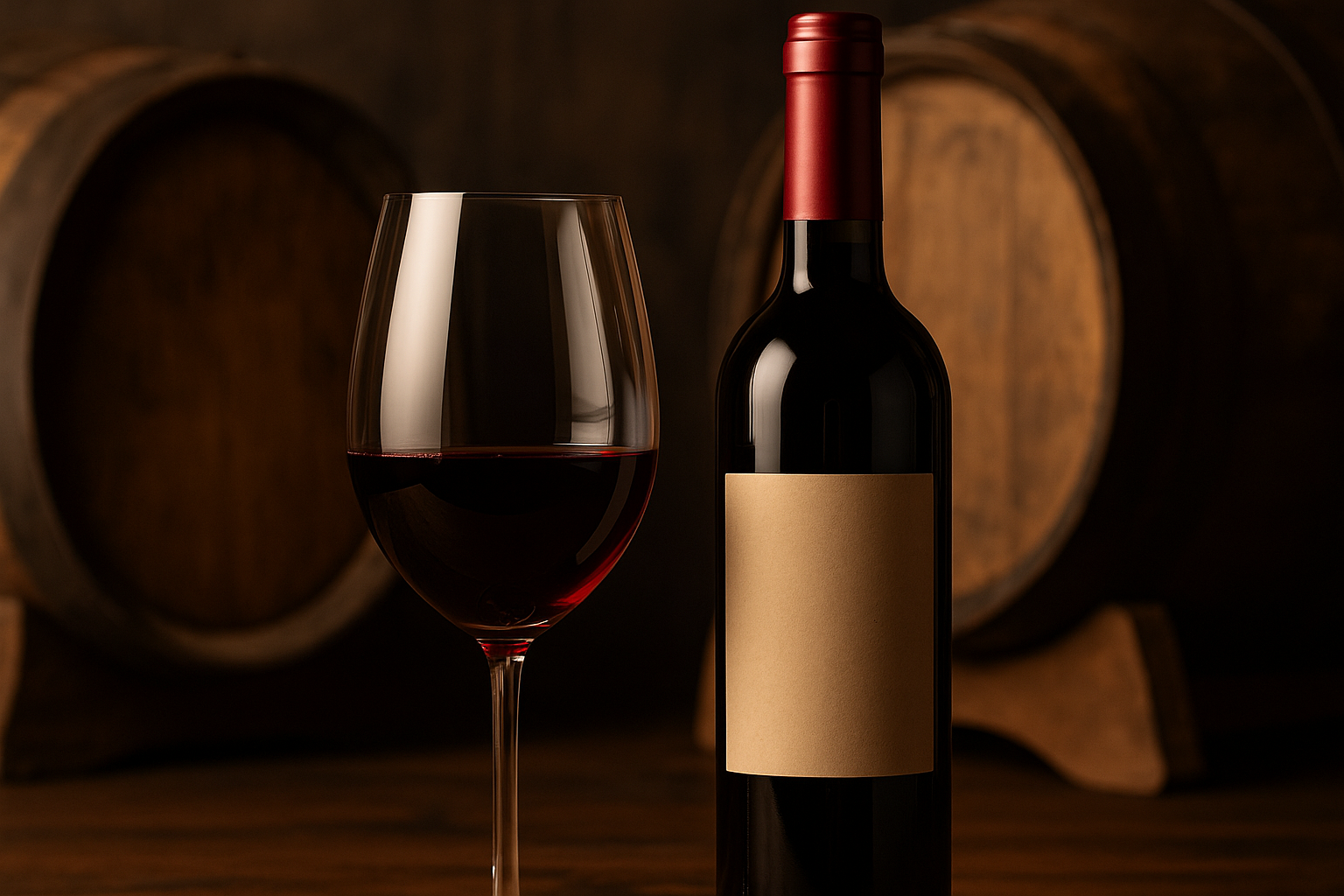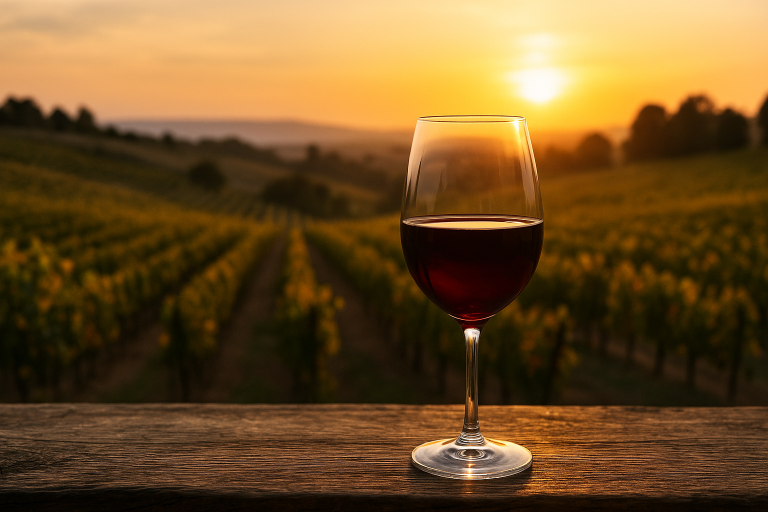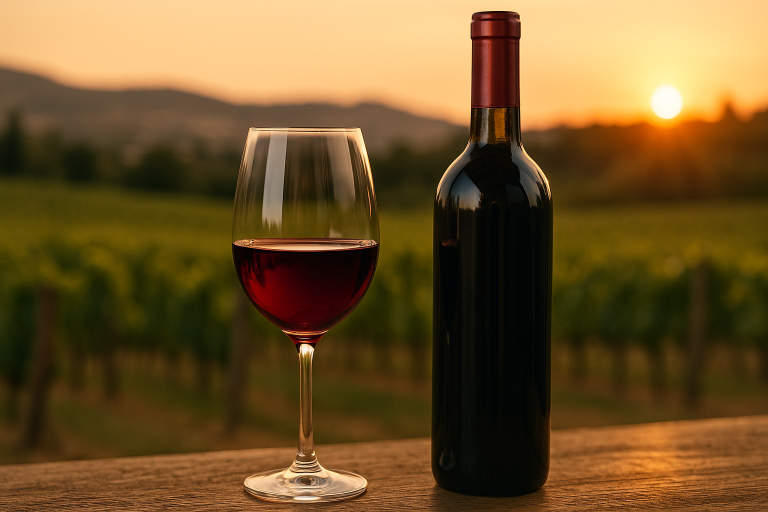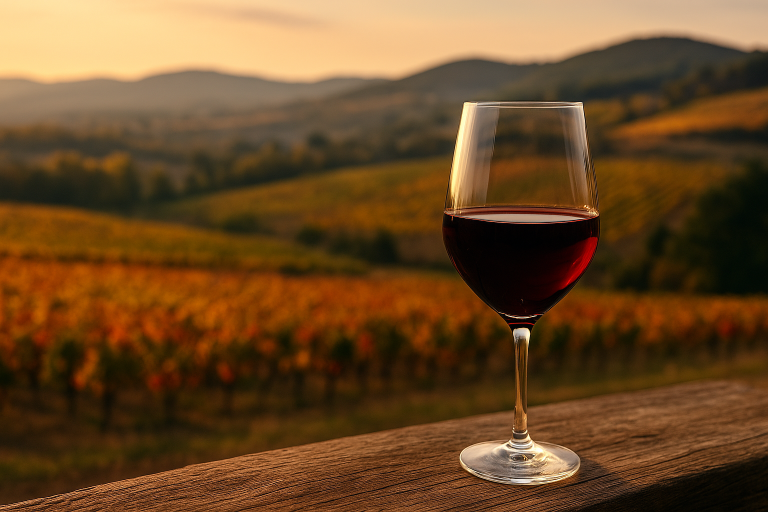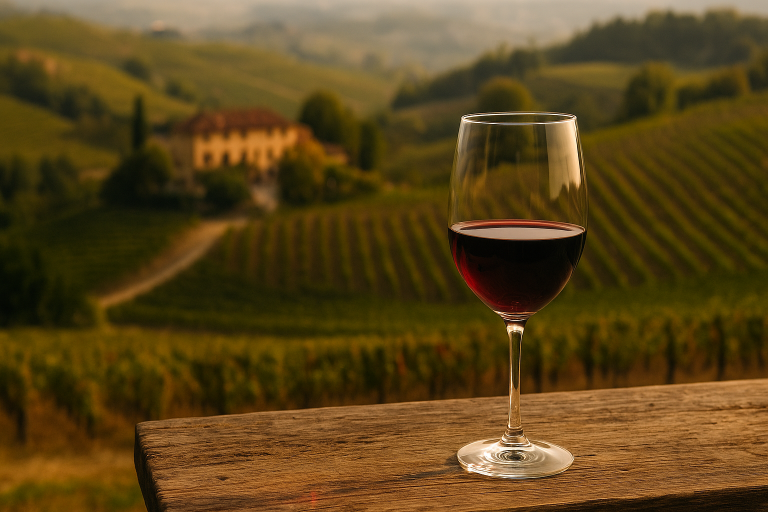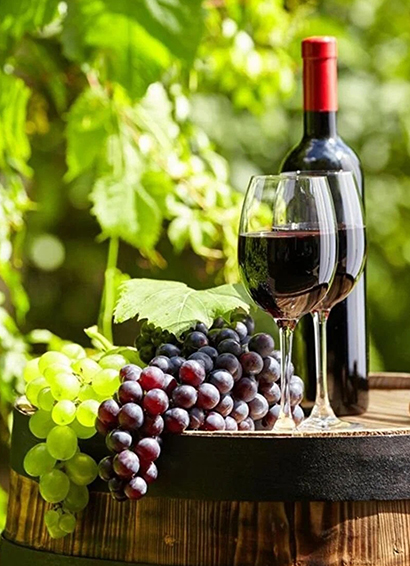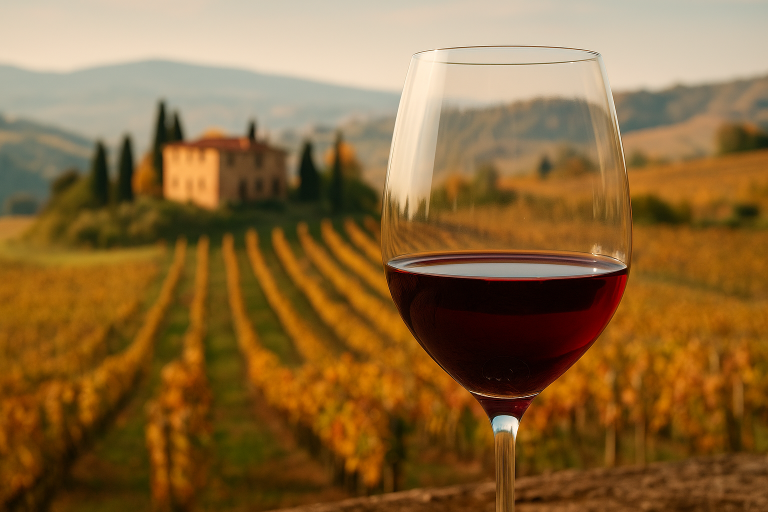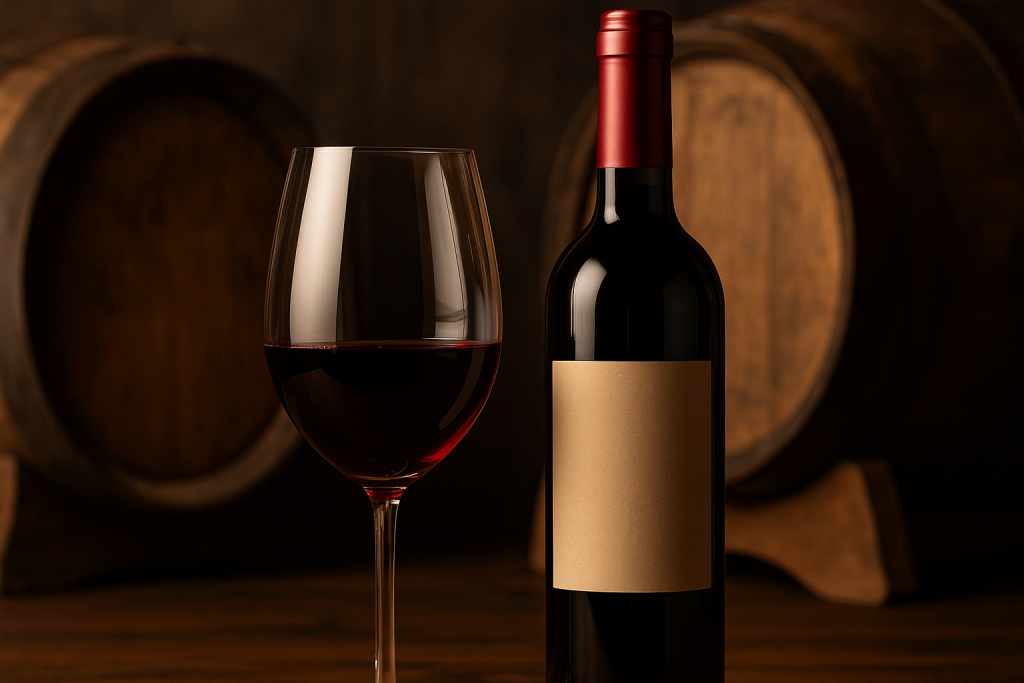
Few grape varietals command as much respect and recognition as Cabernet Sauvignon. Known for its bold character, deep color, and remarkable aging potential, this noble grape has become the benchmark for red wine lovers around the world. From Bordeaux’s historic châteaux to California’s sun-soaked valleys, Cabernet Sauvignon continues to define excellence in winemaking.
A Brief History
Cabernet Sauvignon’s roots trace back to 17th-century France, where a natural cross between Cabernet Franc and Sauvignon Blanc produced a grape that would change the wine world forever. The resulting varietal inherited the structure and tannin of Cabernet Franc and the refreshing acidity and herbaceous edge of Sauvignon Blanc. Its thick skins, resilience to disease, and adaptability to different climates made it an instant favorite among vintners.
Over the centuries, Cabernet Sauvignon spread far beyond Bordeaux, becoming the cornerstone of premium red blends and a symbol of sophistication. Today, it’s cultivated in nearly every major wine region — a true global ambassador of red wine.
Regions Where It Thrives
While Bordeaux remains its spiritual home — particularly the Left Bank appellations of Médoc, Pauillac, and Margaux — Cabernet Sauvignon has flourished across the world.
- Napa Valley, California: Produces opulent, fruit-forward Cabernets with plush tannins and notes of cassis, cocoa, and vanilla from generous oak aging.
- Chile: Offers pure, vibrant expressions with red currant, mint, and black cherry, often at exceptional value.
- Australia (Coonawarra & Margaret River): Known for eucalyptus-tinged, structured styles that balance richness with cool-climate elegance.
- Italy (Tuscany & Bolgheri): Blended with Sangiovese or Merlot in the famous Super Tuscans, adding power and structure.
- South Africa: Combines Old World structure with New World fruit, often showing blackberry, graphite, and subtle spice.
Cabernet’s adaptability allows it to showcase terroir — the soil, climate, and craftsmanship of each region — while maintaining its unmistakable identity.
Tasting Notes
Classic Cabernet Sauvignon is full-bodied with high tannins and moderate acidity, making it both powerful and age-worthy. Its typical flavor profile includes blackcurrant (cassis), black cherry, and plum, framed by hints of cedar, tobacco, vanilla, and graphite from oak maturation.
In youth, it may show firm structure and bold fruit; with age, those elements soften into refined notes of leather, cigar box, dried herbs, and earth. The finish is long and layered — a hallmark of quality Cabernet.
Serve it at room temperature (around 60–65°F) and decant younger bottles to allow the tannins to open up. Its robust character makes it a natural partner for grilled steak, lamb, roasted vegetables, or aged cheeses.
A Timeless Expression
Cabernet Sauvignon’s enduring appeal lies in its balance of power, elegance, and depth. Whether enjoyed as a single-varietal masterpiece or part of a classic Bordeaux blend, it continues to embody the art and heritage of fine wine. From casual enthusiasts to seasoned collectors, Cabernet Sauvignon remains — and likely always will be — the undisputed king of red wines.

